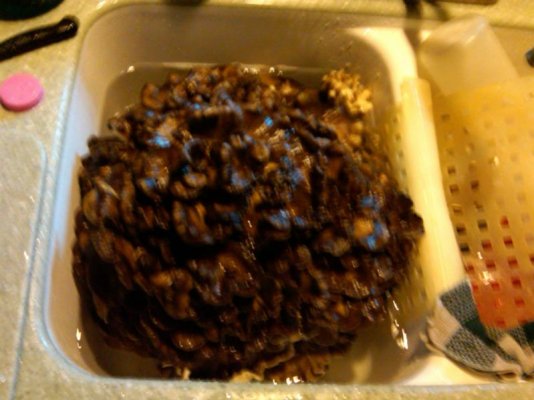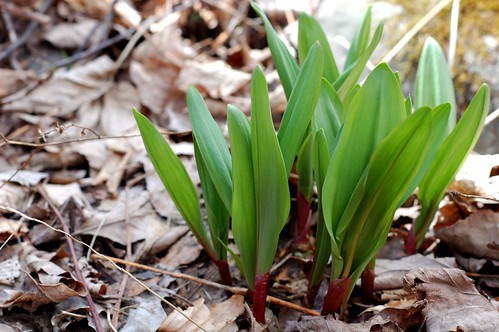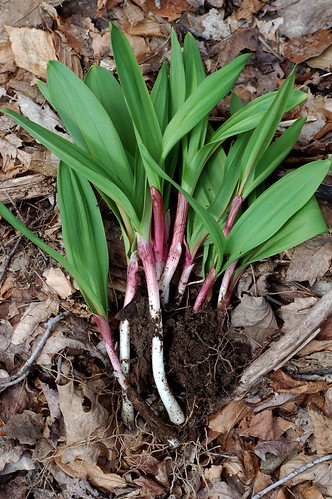I'm fond of morels, but must say, I truly love Hen of the Woods. They're one of the only fall wild mushrooms, and there are no poisonous lookalikes. Huge meaty deliciousness.
When I last cooked morels, I saved and froze the leftover butter I cooked them in. Nice added to "domestic" mushroom soup.
Are you talking about "Hen of the Woods" (aka "Maitake") mushrooms, which resemble fluffy feathery balls? (Thus, the name "Hen".) Or are you talking about "Chicken of the Woods", which are large, meaty, yellowish orange slabs? (And that do look like chicken when sliced up.)
I only ask because I've seen the names frequently interchanged, & while I've never seen Maitakes wild around here, we do frequently find "Chicken of the Woods".



